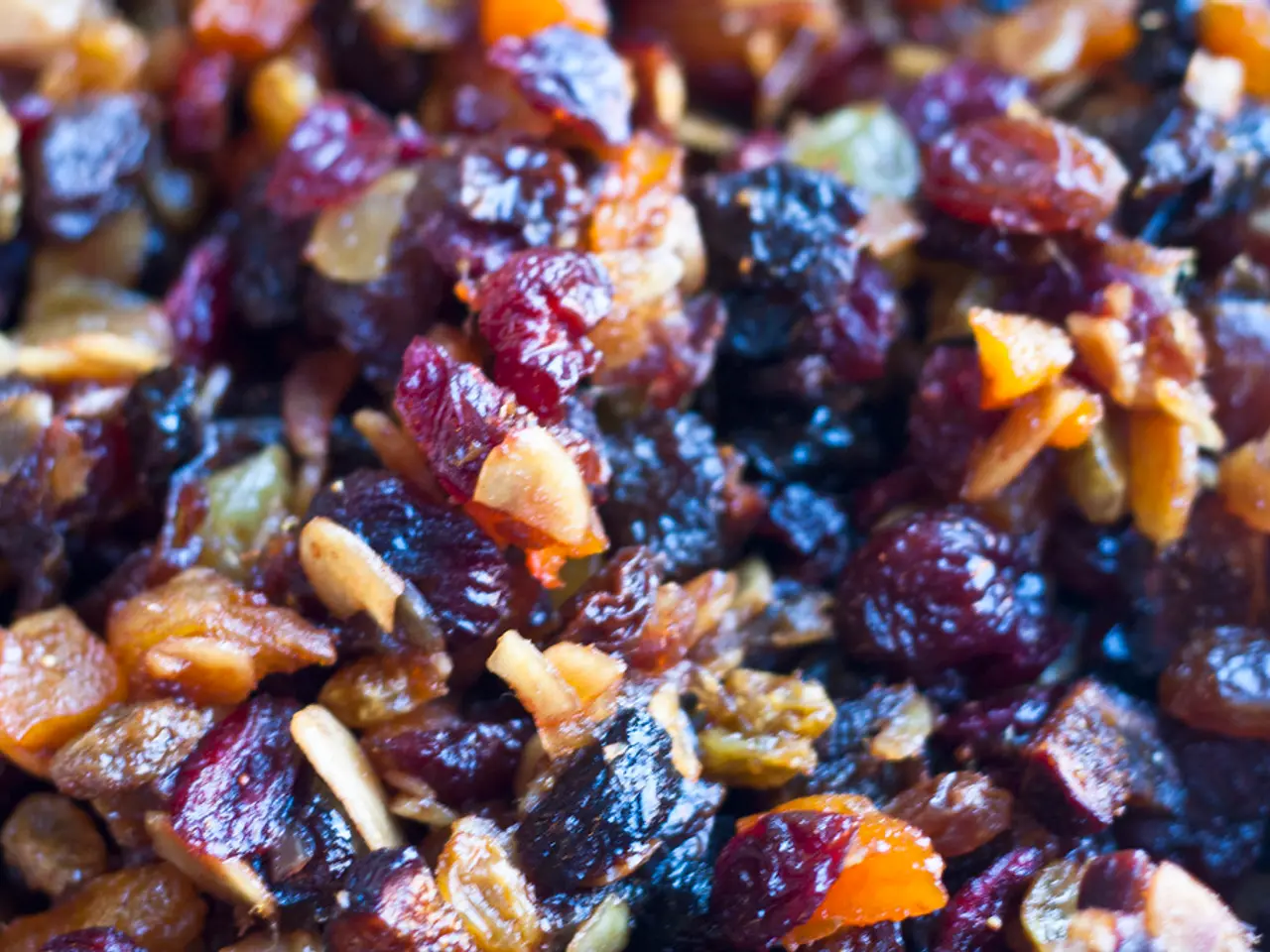Pregnancy and Pica: Understanding Causes, Risks, and Solutions
Pregnancy can be a unique and challenging time, and one of the less common, yet concerning, experiences some women may encounter is pica. Pica is a condition where pregnant women feel an urge to eat non-food items, such as dirt, clay, coal, and steel. This article aims to provide a clear understanding of pica, its risks, and the strategies for managing it during pregnancy.
Pica can lead to a variety of health risks, including digestive tract injuries, internal bleeding, food absorption disabilities, malnutrition, and infections. Some common cravings associated with pica include dirt, soap, sand, clay, faeces, paper, hair, toothpaste, plastic, wood chips, nails, porcelain, coal, plaster of Paris, kids plaster, and more. If you find yourself experiencing such cravings, it is advisable to talk to your primary care physician.
Pica is more commonly known to manifest in young children between the ages of 6 months to 11 years old. However, during pregnancy, it can be indicative of a deficiency of vitamins or minerals in the body. Monitoring nutritional levels, vitamin and mineral counts, iron, zinc intake, and body's magnesium is necessary. Consuming non-edible items can also lead to infections and unnatural cravings could be an indicator of an underlying physical condition or a form of mental illness triggered by hormones.
The exact causes of pica in pregnant women are unknown, but it is assumed to be a natural way of the body signaling a need for vitamins, minerals, or other nutrients. Common treatments and management strategies for pica during pregnancy focus primarily on addressing any underlying nutritional deficiencies, particularly iron deficiency anemia, and providing behavioral and dietary support.
Screening and treating nutritional deficiencies, especially iron and zinc, since pica is often linked to such deficiencies during pregnancy is crucial. Iron supplementation is commonly recommended if anemia is present. Counseling and support from healthcare providers, which may involve dietary advice, therapy, or peer support groups to manage urges to consume non-food substances and to promote safer alternatives, is also essential.
Replacing non-food cravings with safer substitutes, such as chewing gum or distracting activities like exercise, can help manage pica cravings. Regular prenatal care and nutrition monitoring to ensure both mother and baby’s health are maintained while managing pica symptoms are also key.
It is essential for pregnant individuals experiencing pica to consult their healthcare providers for personalized diagnosis and treatment, especially as consuming non-food items can pose serious health risks to both mother and baby. In summary, the management of pica during pregnancy involves medical evaluation for nutritional deficiencies, particularly iron, nutritional counseling, behavioral strategies to control cravings, and ongoing prenatal support.
- Pica during pregnancy can be a sign of a deficiency in vitamins or minerals in the body, so monitoring nutritional levels, vitamin and mineral counts, iron, zinc intake, and body's magnesium is necessary.
- Common treatments and management strategies for pica during pregnancy focus on addressing any underlying nutritional deficiencies, particularly iron deficiency anemia, and providing behavioral and dietary support.
- If you find yourself experiencing cravings to eat non-food items during pregnancy, it is advisable to talk to your primary care physician.
- Replacing non-food cravings with safer substitutes, such as chewing gum or distracting activities like exercise, can help manage pica cravings during pregnancy.




